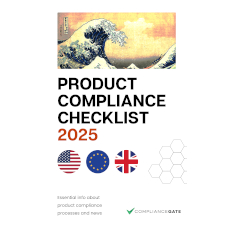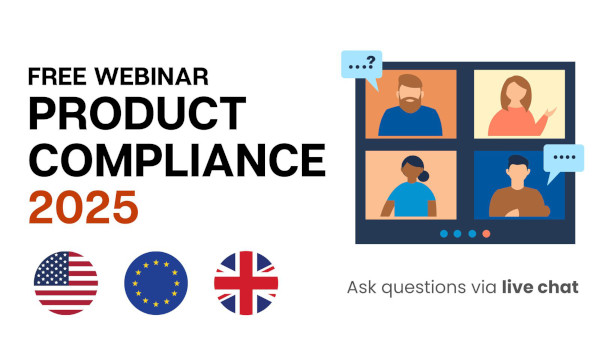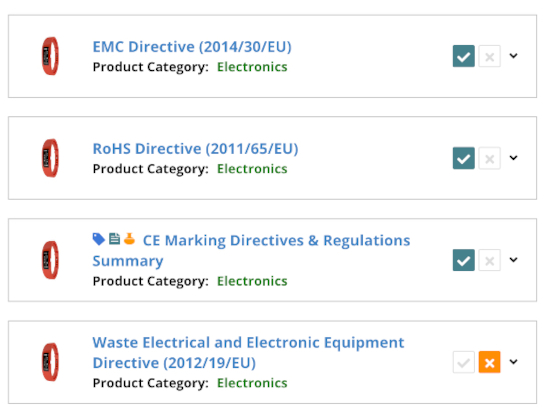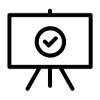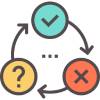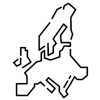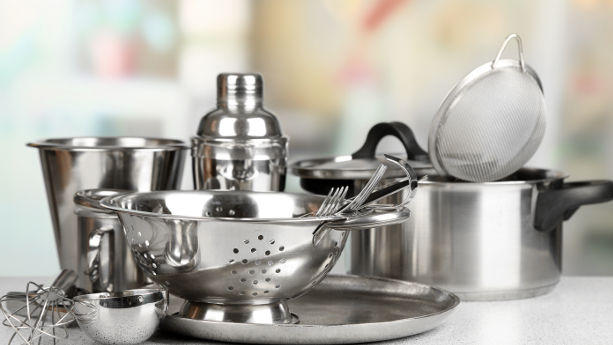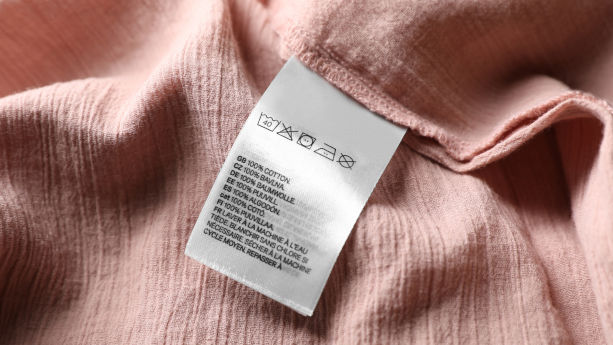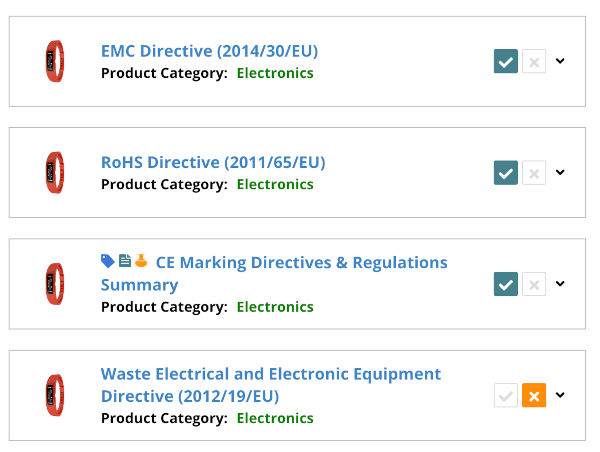The Deforestation Regulation (EU) 2023/1115 affects a wide range of consumer products and raw materials. The regulation mentions the following commodities and finish products made of the following materials:
- Cattle
- Cocoa
- Coffee
- Oil palm
- Rubber
- Soya
- Wood
More specifically, the regulation requires that the production of listed commodities did not include the deforestation or degradation of forest land. This in turn requires certain documentation, which can be challenging when the products originate outside the EU.
In this interview with Charles Townsend from ForWood Consulting, you will learn the basics of the EUDR and what compliance can mean in practice.
Continue reading EU Deforestation Regulation (EUDR) Guide


